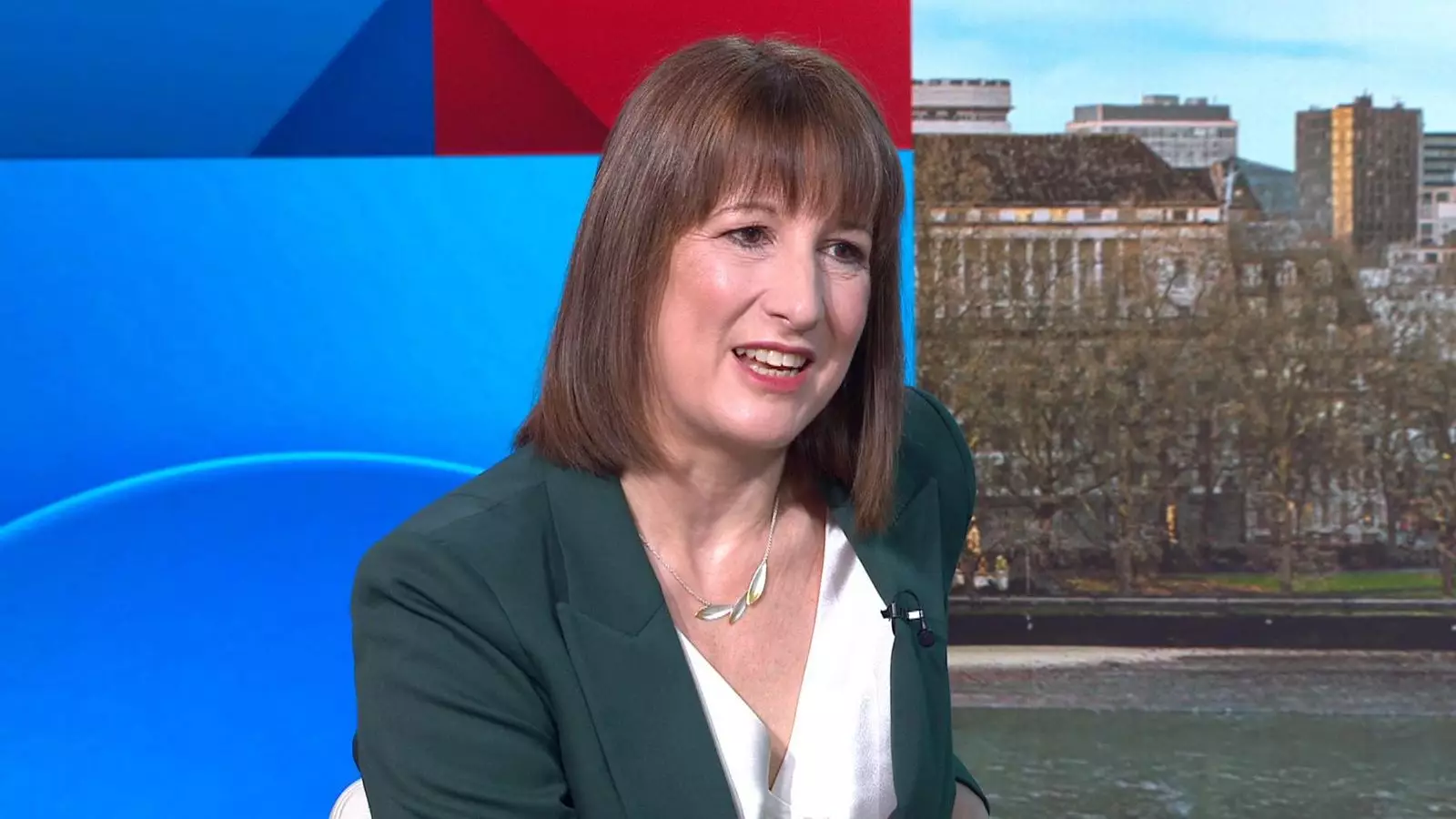In a bold yet contentious move, the English government has unveiled a £2 billion plan promising the construction of 18,000 new homes, a much-needed initiative aimed at curbing the escalating housing crisis. Chancellor Rachel Reeves expressed optimism, asserting that this initiative would “fix” the dire situation many face. However, despite the positive language, there’s an underlying skepticism as to whether this plan is anything more than a politically motivated response to mounting public discontent.
Many citizens question whether piecemeal solutions, like this one, can ever truly address the systemic issues of housing accessibility and affordability. The government describes this funding as a “down payment,” but with projections showing that homelessness has reached epidemic levels, many believe it is time for a more substantial and lasting commitment to social housing.
Charities Call for Urgent Action
While the Chancellor’s announcement was welcomed by some, charities have been quick to voice their critiques. They argue that unless the majority of these homes cater to those in desperate need—specifically for social rent—the initiative simply won’t meet the gravity of the crisis. Homelessness across England has hit record numbers, forcing many families to exist in precarious living situations or even on the streets.
Matt Downie, the head of the charity Crisis, aptly summarized the urgency by claiming that the government’s plan could “radically shift” approaches to homelessness. His hope is commendable, but it also exposes the fragile nature of the system, dependent on the whims of government policy. Too often, these announcements are overshadowed by subsequent budget cuts in other essential sectors, leading one to ponder if the funding will just be a drop in a vast ocean of need.
The Promise of Social Homes: An Overshadowed Reality
The chancellor’s expectation that at least half of the new homes will be designated as social housing feels both optimistic and painfully insufficient. As experts from the New Economics Foundation have highlighted, building 90,000 social homes by 2027 is not merely aspirational; it’s essential. In reality, to meet the ambitious goal of 1.5 million new homes by the end of the parliamentary term, over double that number—at least 365,000—should be constructed just for social rent purposes.
Against this backdrop of escalating demand, the government’s promises begin to fall flat. It is not just about constructing homes; it is about ensuring that these homes are accessible and affordable to those who need them the most. If only half of the new homes are social housing, what becomes of the thousands more who remain on local authority waiting lists—over 1.3 million households, the highest figure in decades?
The Political Climate: Cuts and Compromises
As the government gears up for the upcoming spring statement, where further cuts to welfare and public spending are expected, the notion of stability and growth within the housing market feels precarious. It’s disheartening to see that while the promise of new homes is made, it exists concurrently with threats of reduced funding in other critical areas.
Chancellor Reeves’ decision to visit the Stoke-on-Trent housing site might have been a carefully orchestrated public relations move—one that seeks to cast a positive light on an otherwise shaky political climate. However, many voters are increasingly aware of the “cut and paste” tactics politicians engage in to gain favor without addressing the root causes of these crises.
A System in Need of Radical Change
While this £2 billion investment may serve to create thousands of homes, it is crucial to recognize it for what it is—a bandage on a gaping wound. True reform in the housing market will not be achieved until we wholly re-evaluate our approach. What is needed is a wholesale commitment to sustainable housing policies that prioritize social rent and genuine affordability over transient profit motives.
In an era where the reality of homeownership slips farther away from the average citizen, there needs to be a commitment to not just building more homes, but ensuring those homes allow for the dignity of living that every individual deserves. The focus must shift from mere quantity to genuine quality, fostering communities rather than simply erecting buildings.
As discussions about the future of housing unfold, let’s hope that the rhetoric matches the urgency required to tackle this crisis. Otherwise, we may find ourselves with more empty promises and unmet needs, perpetuating a cycle of despair.

